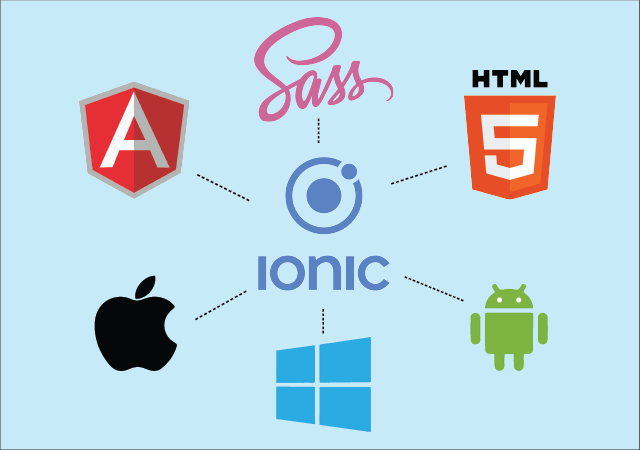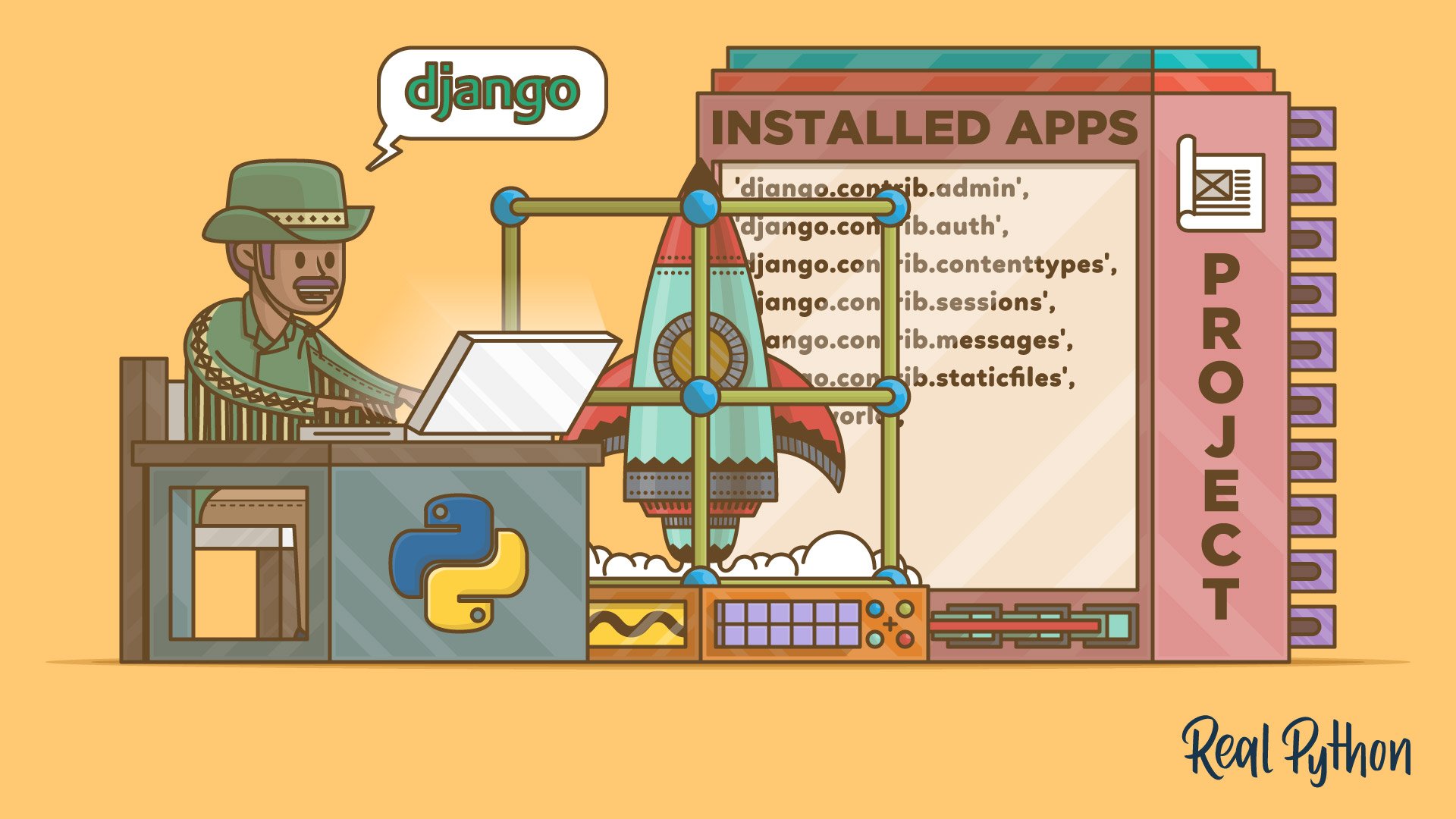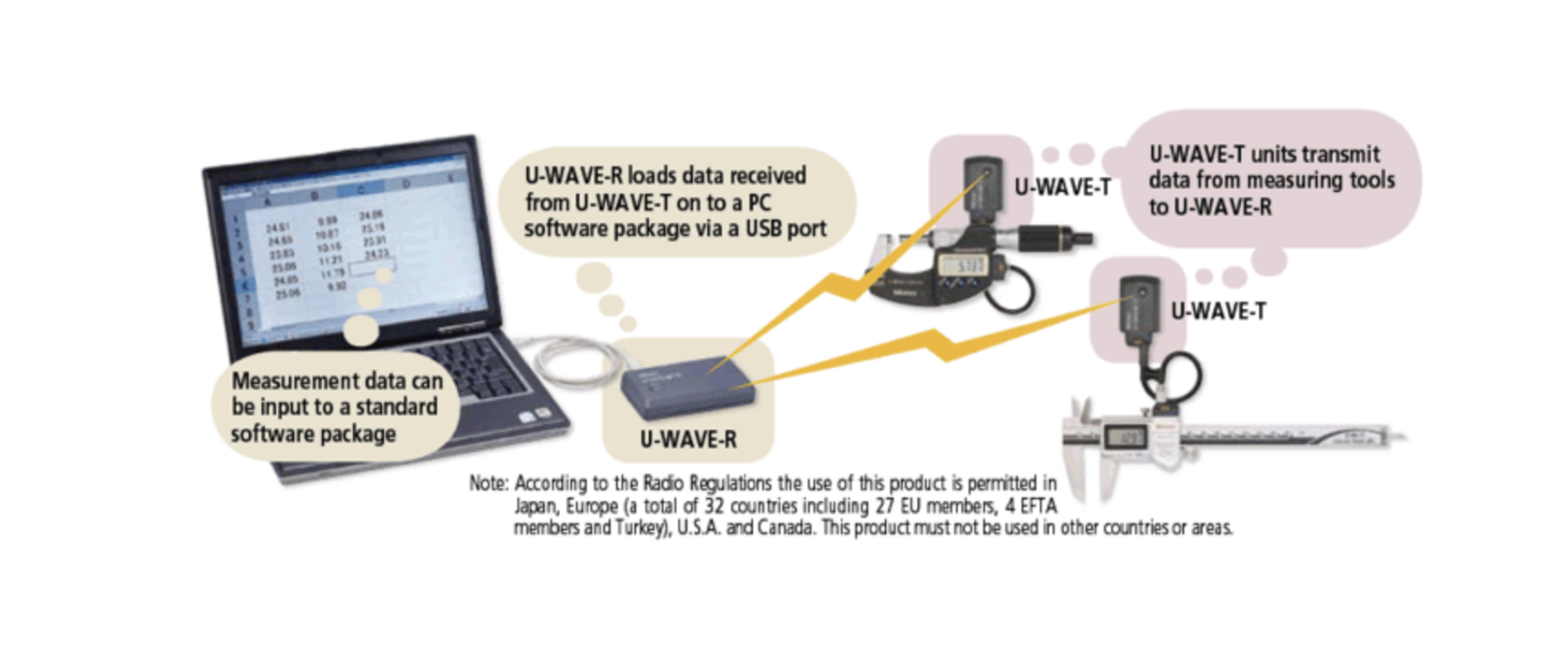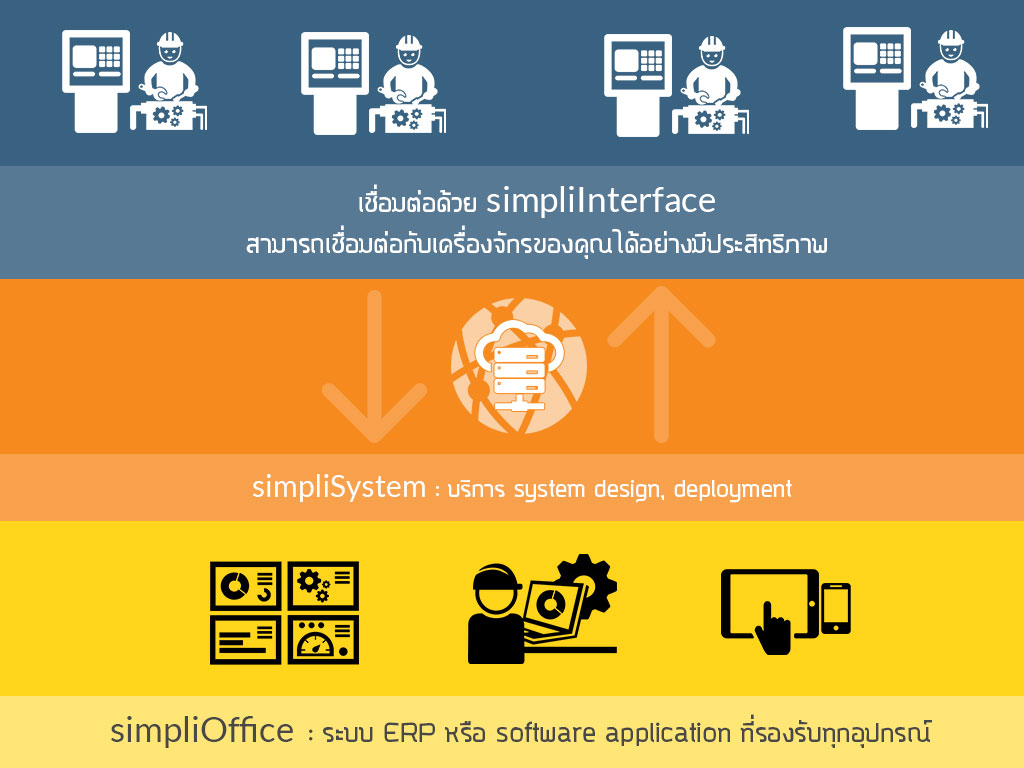decentralized network system คืออะไร ?
เราอาจจะเคยได้ยิน Bitcoin หรือพวก cryptocurrency ต่างๆ ที่ทำงานอยู่บน Blockchain ที่ทำงานบน decentralize network ก่อนที่เราจะทำความเข้าใจในรายละเอียดของ Blockchain และ decentralize network เราลองมาดู network ในรูปแบบต่างๆ

Centralized: คือระบบที่มีศูนย์การในการประมวลผลทุกอย่างอยู่ใน node เดียว
Distributed: มีลำดับของการกระจาย load การทำงานไปยัง node ย่อย ( sub-nodes ) โดยในแต่ละ sub-network โดย node หลักจะกระจายงานไปยัง sub-node
Decentralized: แต่ละ node จะเชื่อมกับทุก node ที่อยู่ข้างเคียง ถ้าดูจากภาพจะเห็นได้ว่า แต่ละ node ใน network จะต้องมี data เหมือนกัน แต่ processing power อาจจะแตกต่างกัน
ถ้ามองในแง่ของความคงอยู่ของระบบนั้น decentralized network จะมีจุดอ่อนน้อยกว่าระบบอื่น เพราะแต่ละ node สามารถทำงานทดแทน node อื่น ที่มีอยู่ในระบบได้ หาก node ใด node หนึ่งถูกทำลายไป ระบบก็ยังทำงานได้
แต่รายละเอียดในการ implement ระบบ Decentralized network นั้นจะมีมากกว่า centralized และ distributed network
- Register node จดทะเบียน node เข้าไปใน network
- Broadcast node กระจาย node ที่เพิ่มขึ้นใน network ให้ ทุกๆ node ได้รู้ว่ามี node เพิ่มขึ้น
Get in Touch with us
Related Posts
- AI 时代的经典编程思想
- Classic Programming Concepts in the Age of AI
- SimpliPOSFlex. 面向真实作业现场的 POS 系统(中国市场版)
- SimpliPOSFlex. The POS Designed for Businesses Where Reality Matters
- 经典编程思维 —— 向 Kernighan & Pike 学习
- Classic Programming Thinking: What We Still Learn from Kernighan & Pike
- 在开始写代码之前:我们一定会先问客户的 5 个问题
- Before Writing Code: The 5 Questions We Always Ask Our Clients
- 为什么“能赚钱的系统”未必拥有真正的价值
- Why Profitable Systems Can Still Have No Real Value
- 她的世界
- Her World
- Temporal × 本地大模型 × Robot Framework 面向中国企业的可靠业务自动化架构实践
- Building Reliable Office Automation with Temporal, Local LLMs, and Robot Framework
- RPA + AI: 为什么没有“智能”的自动化一定失败, 而没有“治理”的智能同样不可落地
- RPA + AI: Why Automation Fails Without Intelligence — and Intelligence Fails Without Control
- Simulating Border Conflict and Proxy War
- 先解决“检索与访问”问题 重塑高校图书馆战略价值的最快路径
- Fix Discovery & Access First: The Fastest Way to Restore the University Library’s Strategic Value
- 我们正在开发一个连接工厂与再生资源企业的废料交易平台














